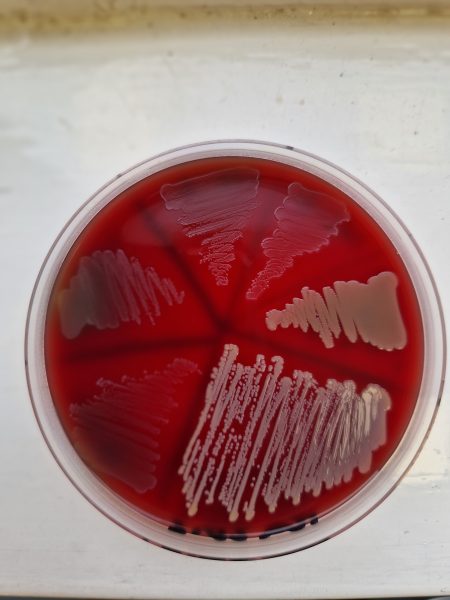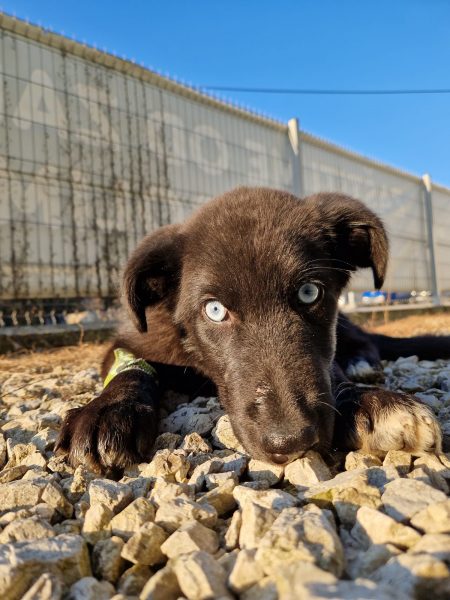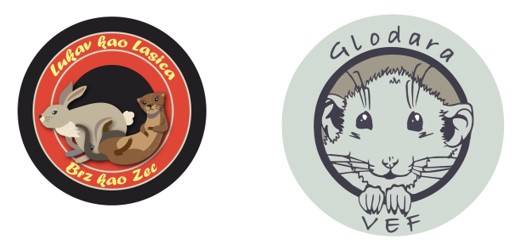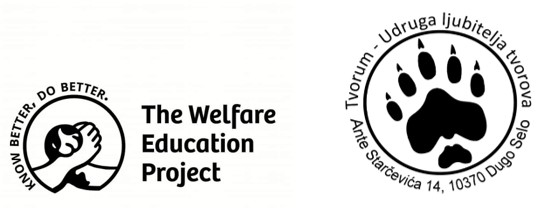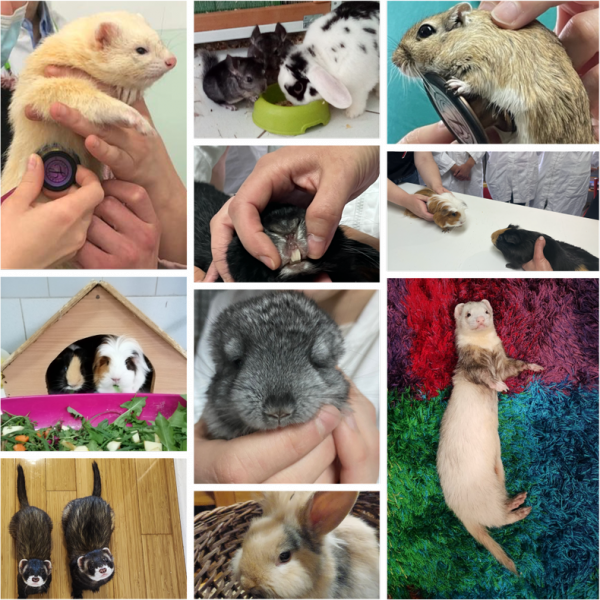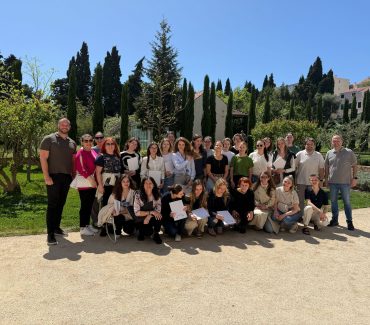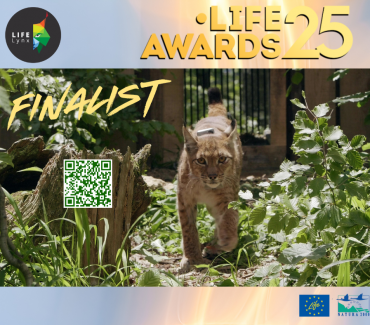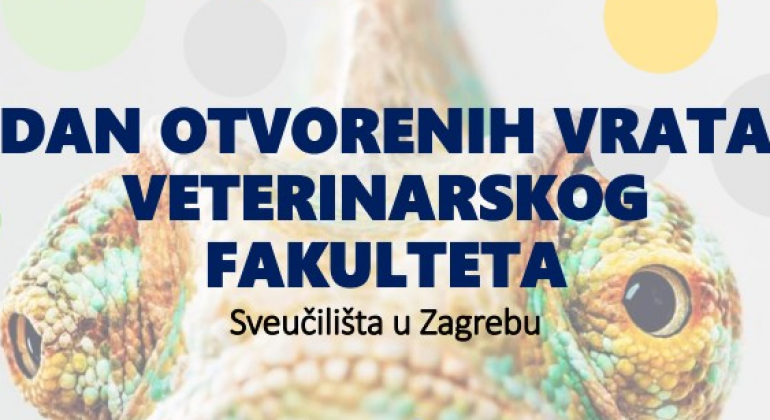
For this year’s Festival of science, the Veterinary Faculty of the University of Zagreb opens its doors on Friday the 28th of April 2023 from 9am-4pm. With the organization of numerous clinics and departments, Open Doors Day of the Veterinary Faculty brings many interesting and educational subjects adapted for all ages and any groups of interest, from the youngest to high school graduates, parents, grandpas, grandmas, interested citizens and pet owners. Come and join us, find out answers to a number of questions and sail for one day in the world of rodents, reptiles and exotic animals. Celebrate the 100-year birthday of the Museum of the Department of veterinary pathology, get closer to the veterinary profession and at the same time have a lot of fun.
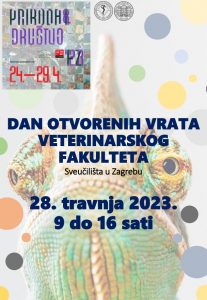
The Department of microbiology and infectious diseases with clinic this year is for the first time participating in a lecture called My Toto and me… are we alone?, a fun and informative story about the microorganisms who are all around us, on us, and well, even on our pets. By taking care of our pet’s health, veterinary medicine also takes care of us. It touches upon the most common infectious diseases shared by both animals and humans, which are better prevented than cured.
The Clinic of internal diseases will hold a workshop including an exhibition and a few short lectures dedicated to small mammals (bunnies, guinea pigs, chinchillas, hamsters, rats and ferrets) called Fast like a rabbit, sneaky like a weasel, with the aim to make owners aware about the specifics of each species, errors in handling and nutrition and general signs of illness. The workshop will be split into a few units: Anatomy and diseases of rodents, Rodent Nutrition, Rodent housing and Ferrets. The fun corner will provide treats (healthy snacks and cookies), a quiz and funny and important information about the individual species. Visitors will be able to take pictures with the props provided. Also, the workshop will promote the student run “Glodara” and the welfare education project. In a special area, there will be a stand with ferrets where there is a short presentation every hour on general handling, nutrition and health of the species in collaboration with the president of the association, Tvorum.
The Department of radiology, ultrasound diagnostics and physical therapy, in collaboration with the Department of anatomy, histology and embryology, will hold the lecture See with X-rays! Including several smaller workshops, exhibitions and a short lecture. In the dynamic and interactive workshop, Guess who I am? visitors will be able to try to recognize different species of animals based on models of skeletons, get to know the vertebrates of different species and learn everything about the similarities and differences of the skeletal system. At the workshop called Put me together!, with the help of photographs, radiographs and employees and volunteers, participants will see how the animal body looks inside and attempt to identify and put all bones and organs in the right place. It the last workshop, Match the pairs!, visitors can try to figure out which species of animal they are putting together using the program Kahoot! and with the help of digital radiographs. In a short presentation lasting 10 minutes called What does a day in the life of a veterinary radiologist look like? visitors can get to know how daily work looks like for a veterinarian from the Department of radiology, ultrasound diagnostics and physical therapy. The exhibition will feature models of skeletons and individual bones of domestic and wild animals, as well as archival specimens of the equipment from the Department of radiology, ultrasound diagnostics and physical therapy.
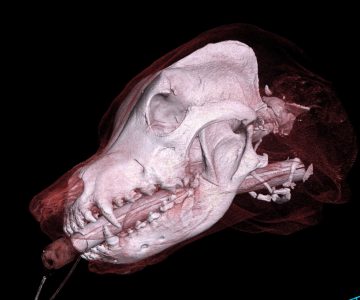
The Clinic of obstetrics and reproduction will give an exhibition and the workshop From fertilization to live being. At the workshop, samples of sperm and egg cells will be shown, and the process of fertilization will be explained. Also, all participants of the workshop and exhibition will have the opportunity to learn about how to take care of baby sheep. The second part of the workshop will provide information on all aspects and advantages of castrating our pets and will focus on preventing pathologies that could appear.
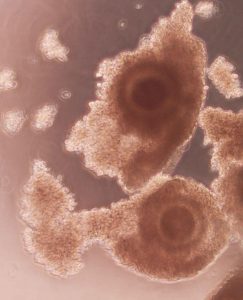
The Museum of the Department of veterinary pathology will open its doors for the exhibition of pathological changes of organs in numerous species of animals. This year the museum celebrates its 100th birthday, as well as the remains of the past which have been preserved in more than 3,000 preparations. These not only are historical sources of knowledge, but also hide the secrets of diseases that have never been explained. One of these diseases is the so-called dark horse disease that appeared as an epizootic back in 1938 in the villages of Turopolje. The trademark of the disease is that all affected horses showed neurological symptoms, and the cause of the disease has not been confirmed to this day. What and how the organs of diseased animals looked like and what methods could be used today to determine the main culprit of the appearance of this disease will be found out as part of an interactive walk through in the Museum and the presentation My name was Darkness disease, who am I now?.
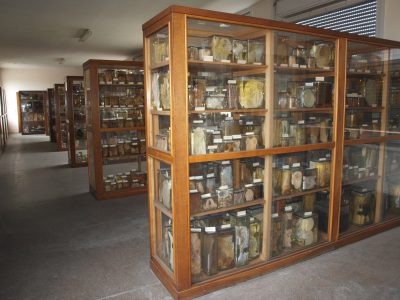
The Department of pathophysiology will present A collection of archival blood smears of exotic and domestic animals. It will be a guide for visitors to the ever-increasing need for hematological diagnostics and show the differences in morphology of blood cells of different animal species. The archival collection of prepared blood is the product of the cooperation of employees of the Department for poultry diseases with clinic as well as the clinic for birds and exotic animals and the Clinic for internal diseases. Blood cells will be shown by direct projection onto a screen, and visitors will be able to take a shot at identifying cellular elements. Analytical and laboratory scales will be set up as part of the exhibition, on which visitors will be able to accurately weigh and independently prepare different solutions with which they will measure the absorbance and determine the concentration of a certain solution on a more than 80-year-old spectrophotometer. Visitors will be able to try assembling microscopic parts and participate in various quizzes that will be available at the exhibition.
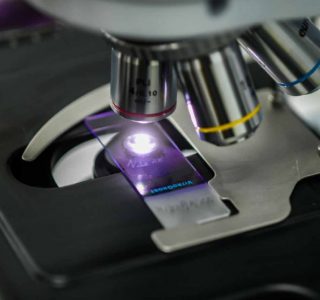
The Department of parasitology and invasive diseases with clinic will hold an exhibit called The world of parasites and a workshop Let’s learn microscopy. During the exhibition, participants will be able to learn about some ectoparasites and endoparasites of pets, domestic and wild animals. As part of the exhibition, permanent preparations of ectoparasites and endoparasites from the Department’s collection will be presented which participants will be able to examine with a microscope and a stereomicroscope with expert guidance throughout the entire exhibition. Participants will be able to test their knowledge after the exhibition with a quiz, and various educational materials related to veterinary parasitology will be waiting for them. The Let’s learn microscopy workshop will provide participants with an introduction to the world of microscopy.
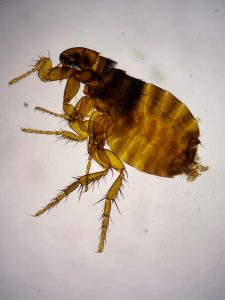
The Clinic for surgery, ophthalmology and orthopedics will present a workshop called A working day of a veterinarian, which is divided into several thematic units. In the first thematic unit, children will be brought closer to the medical environment and awareness of treating pets in an interactive way. How to cure a teddy bear is a workshop in which participants, with the assistance of volunteers and assistants, will find out what’s wrong with the teddy bear, come up with a treatment plan as well as an operation to cure it. The second thematic unit is a unique opportunity to see things in a completely new light! Eyes help animals to survive in specific conditions, which is why the parts of the eye and their functions are different in different animal species. Some animals see no colors at all, some see only a few colors, while some see parts of the spectrum that we cannot see – from infrared to ultraviolet. Participants will learn interesting facts about the structure of the eye in certain species of animals, participate in a vision test demonstration and an ophthalmological examination of a dog, and will independently create drawings and models of the eye with guidance from a sketch. In the third thematic unit, visitors will learn about the structure of animal teeth and the anatomy of the oral cavity and see the most common problems and diseases of the oral cavity of animals, presented through posters and videos. At the workshop, several animal skulls will be on display, and each visitor will be able to place teeth within the jaws, compare the teeth of different animals and learn about the anatomical structures of the skull. For the purposes of conducting the workshop, several owners will participate – demonstrators with their pets who will demonstrate the implementation of oral hygiene. Also, a fun quiz will be organized for visitors still in school. All visitors will be able to view the collection of hand instruments used for dental examination and dental treatment. In the fourth thematic unit in the equine surgical room, volunteers under the supervision of assistants will simulate surgical procedures and anesthesia protocols on a model, and along with the simulation, animal lungs (pigs) will be exposed. The lungs will be used for the purpose of ventilation and to display their physiological function during inhalation and exhalation of the animal with a detailed explanation of ventilation and oxygenation of animals. In front of the surgery room, another thematic unit will be presented where different sizes of tubes for small and large animals will be displayed, along with images of the larynx of different animal species to show the anatomical location of animal intubation. Assistants will also demonstrate the intubation procedure in small animals, with the kindness of the head of the Clinic for internal diseases, Assoc. Ph.D. Iva Šmit, who has provided the learning models from the Clinical Skills Laboratory. The last thematic unit will be shown in the form of an educational video via an LCD projector, presenting the detailed procedure of patients arriving at the clinic, preparing the patient for anesthesia – premedication, induction, intraoperative monitoring of anesthesia and awakening for the purpose of education and in order to reduce the fear owners have for their pets that need general anesthesia. In the fifth thematic unit, visitors will be able to learn about the specifics of the horse’s digestive system. With the help of skulls, balloons and other interactive models, they will be able to learn how a horse digests food from mouth to tail and what all the obstacles are on the way. The assistants will present the digestive tract with the help of animal models.
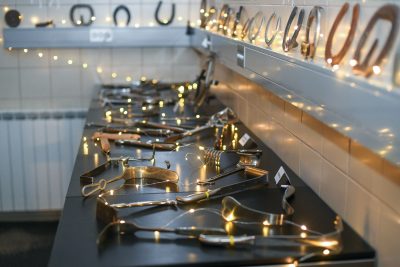
The Department of pharmacology and toxicology will present a workshop called All I need to know about medicine and poison for pets including a series of lectures: Drug poisoning of pets, Known and unknown household poisons, How is a new medicine made, and then what?, How to give therapy to a pet? and the workshop Small veterinary pharmacy where participants will have the opportunity to take on the role of a veterinary pharmacist and try formulating simple veterinary magisterial preparations. Pictures of poisonous plants will also be on display.
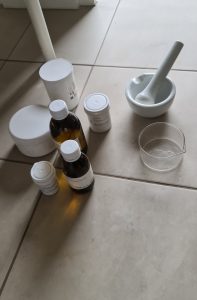
The Wildlife rehabilitation center of the Faculty of Veterinary Medicine will present a workshop and lecture Our wild neighbors. An interactive workshop will be held where participants will learn which wild animals surround us in the City of Zagreb, where they live and what they do during certain seasons. Furthermore, participants will learn how to behave around them and how to recognize if an animal needs help and who to turn to.
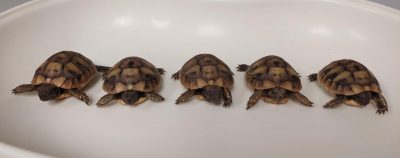
The hunting section will have both the workshop Dr. Oto Rohr and the lecture Western capercaillie – a symbol of nature protection in 2023 where it will commemorate the symbol of nature protection in 2023. With pictures and video clips, visitors will be able to get to know this bird, its way of life, diet, reproduction and all the interesting things that characterize it. In part of the workshop, participants will have the opportunity to see the natural environment of the western capercaillie and its entire community (chickens, roosters, hens and her eggs). In the practical part of the workshop, the youngest visitors will be able to have their turn at making a model of a western capercaillie egg and take it home as a souvenir. The Capercaillie Animal Protection Association will help us organize the event, for which we truly grateful.
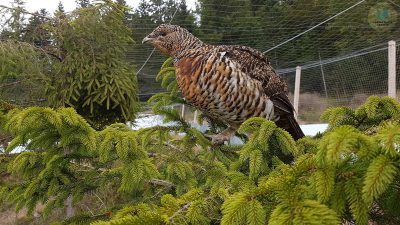
The Department of forensic and state veterinary medicine will present an exhibition and lecture Insects as hidden witnesses and Biological traces to perpetrators and victims in collaboration with the Zoology department of the Faculty of Science, University of Zagreb. As part of the exhibition, a colony of insects (family Dermestidae) grown for forensic purposes at the Department of forensic and state veterinary medicine, which can be found at a crime scene, their developmental stages, 3D representations of developmental stages using a stereomicroscope and various other educational materials related to forensic entomology, and even a lecture on forensic entomology will be held. Biological traces of animal origin are often found in events where an animal is a participant, perpetrator or a victim. Determining a cause-and-effect relationship based on material traces is often a big challenge for forensic experts and employees of the department of forensic and state veterinary medicine. Determining material damage to a vehicle, the responsibility of the owner of an animal that attacked and caused damage, abuse and torture of animals, and dog fights are just some of the cases in which biological traces have great evidentiary power and can in some way help solve the case. As part of the exhibition, some of the material and biological traces from various cases in the department’s archives will be presented, and some of the tag identification methods will be demonstrated.
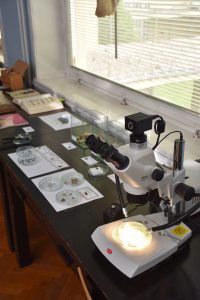
As part of the Festival of science at the Technical Museum Nikola Tesla, on April 27th, 2023, from 3pm-8pm, the Faculty of Veterinary Medicine of the University of Zagreb will present a workshop, exhibition and lecture from the Hunting section by Dr. Oto Rohr and a short lecture on the exhibition of exotic animals, Reptilomania+, organized by association of veterinary medicine students Equus.
The exhibition of exotic animals Reptilomania+ will be held from April 26th to 30th, 2023 in the student room of the Faculty of Veterinary Medicine, University of Zagreb.
The schedule of events at the Festival of science can be found on the festival’s website: https://festivalznanosti.hr/2023/zagreb/
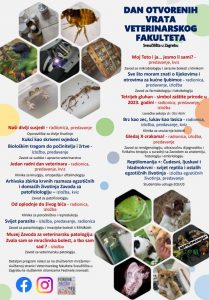
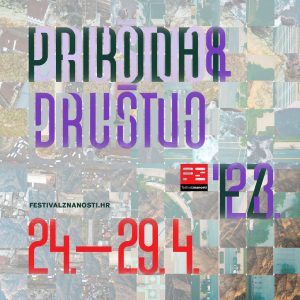

 Faculty of
Faculty of 